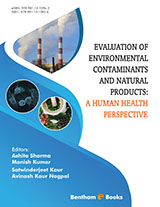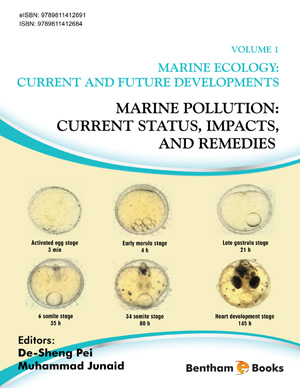Abstract
The population is increasing at a tremendous rate and to feed them from the exploited land would be of great concern. Presently, the major concern is the use of hybrid seed, genetically modified crops, chemical pesticides, and fertilizer. The purpose of this chapter is mainly to focus on the soil contamination problem caused by pesticides and present a review of the existing methods for remediation of contaminated soils. First, a brief discussion of the pesticides along with its classification, and the impact caused by the pesticides on the environment and human health are examined. Then, the current practices and evolving techniques for soil remediation, which are mainly used for the eradication of pesticides are discussed, along with their advantages and disadvantages. Among the different existing methods, bioremediation is the most promising technique. Bioremediation of contaminated soil using pesticides by the use of microorganisms is eco-friendly, most effective and economical method of detoxification.
Keywords: Biopesticides, Bioairsparging, Biopiles, Biostimulation, Bioaugmentation, Composting, Carbamates, DDT, DDE, Fungicides, Herbicides, Landfarming, Microbial Remediation, Organochlorines, Organophosphates, Pyrethrins, Pyrethroids, Plant Incorporated Protectants, Phytoremediation, Soil Fertility.









